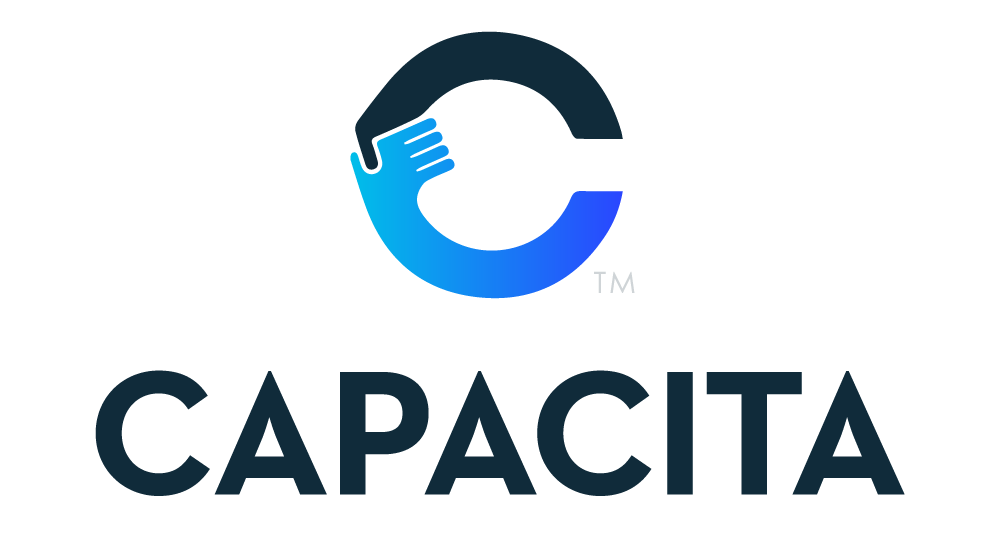Cultivating Grantseeking Success
How Nonprofits Can Use a Project Management Mindset to Build a Consistent Funding Pipeline
Grantseeking can often feel like a daunting task for nonprofits, but with the right approach, it can become a sustainable and rewarding process. By adopting a project management mindset, nonprofits can systematically plan, execute, and monitor their grantseeking efforts, much like planting and nurturing a garden.
Here's how to cultivate your grantseeking process to yield a bountiful harvest of funding over time.
Yes, we are going to use gardening metaphors and puns throughout this post. No, we are not embarrassed about it.
Prepare the Soil: Define Clear Goals and Objectives
Before you start planting seeds, you need to prepare the soil by understanding your nonprofit's needs and setting clear goals. Define both short-term and long-term objectives that align with your mission.
Example:
Short-term goal: Secure $25,000 in funding for a new youth education program.
Long-term goal: Establish a sustainable funding pipeline to support annual operational costs and future projects.
Select the Right Seeds: Identify Potential Funding Sources
Just as certain plants thrive in specific environments, different grants are suited for various projects. Conduct thorough research to identify funding sources that align with your goals. We are fastidious about starting with this step, rather than just jumping right into applications. It’s all about being strategic with your most precious resources (your team’s time)!
Research Tips:
Use online grant databases or outsource to a company (like Capacita) that can do this for you.
Check out who funds your peers.
And get to know your friendly neighborhood funders (like Community Foundations or other big funders in the area where you do your work).
Plant Strategically: Develop a Comprehensive work Plan
A well-structured work plan is essential for a successful grantseeking strategy. Outline each step of the process, from research to submission, and assign specific tasks to team members. Ensure you include time for outreach to funders, information collection, drafting, submissions, and compliance over the course of your work. Set key milestones, such as identifying potential grants and completing draft proposals.
Water Regularly: Maintain Consistent Efforts
Consistency is key to a thriving garden and a successful grantseeking process. YOu’ve actually got to get your hands dirty, and get out there among your plants to see results. Establish a routine for regular check-ins, progress reviews, and updates on grant applications.
Consistency Tips:
Schedule weekly or bi-weekly team meetings with those responsible for grant-seeking.
Set regular check ins on status as compared to your work plan.
Prioritize consistency in getting outreach, applications, and compliance done.
Nurture Growth: Build Strong Relationships
Strong relationships with funders are like fertilizers that boost your garden's growth. Take the time to build and maintain relationships with potential and current funders.
Relationship Building Tips:
Attend events and workshops hosted by funders.
Regularly update funders on your projects and successes.
Ensure you’re compliant with funder requirements. Your reputation can suffer with that funder and beyond!
Send thank-you notes and follow-up emails after receiving grants, and stay in touch with your counterparts.
Weed and Prune: Review and Revise Proposals
Just as gardens need weeding and pruning, grant proposals require regular review and revision. Continuously improve your proposals based on feedback and changing requirements.
Review Process:
Conduct internal reviews with your team.
Seek external feedback from experts or advisors.
Make necessary revisions to strengthen your proposals.
Harvest and Replant: Evaluate and Learn
After the grantseeking cycle is complete, and at intervals throughout your work plan, evaluate your outcomes to learn what worked well and what didn't. Use this knowledge to refine your strategies for future success.
Evaluation Criteria:
Success Rate: Track the number of successful applications versus total applications.
Feedback: Gather feedback from funders on unsuccessful proposals.
Process Improvements: Identify areas for improvement in your grantseeking process.
We can help your grantseeking efforts flourish
By adopting a project management mindset, nonprofits can transform their grantseeking efforts into a well-organized, consistent, and sustainable process. Think of it as planting seeds in a garden – with careful planning, regular nurturing, and continuous learning, your grantseeking efforts can grow into a thriving funding pipeline that supports your mission for years to come.
Embrace this approach, and watch your nonprofit’s grantseeking success flourish like a beautifully tended garden. Happy planting!
Get in touch with us today for a free consultation and we'll tell you all about how we can help.





